Ependymoma is a tumor that appears most often in the brain and sometimes in the spinal cord. It is a type of glioma, meaning it starts in...
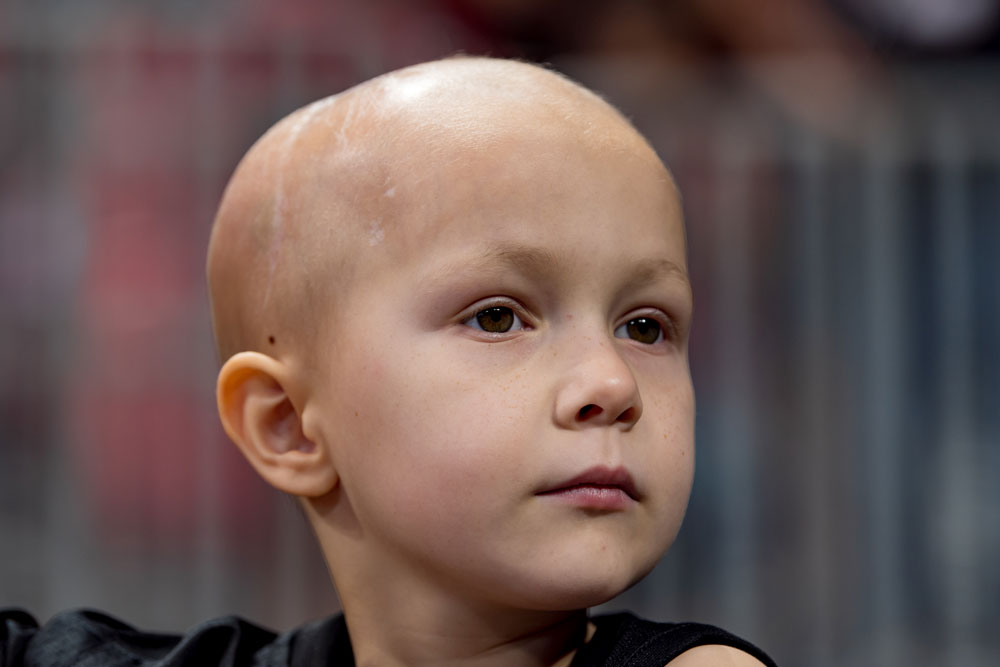

Ependymoma is a tumor that appears most often in the brain and sometimes in the spinal cord. It is a type of glioma, meaning it starts in...

Chronic myeloid leukemia (CML) is a type of blood cancer that causes an overproduction of white blood cells. These cells grow abnormally...

By: Dean Crowe, Founder & CEO Last year, when COVID-19 hit, I thought about our Rally families and how they handle everything that is...

Thank you for opening this letter. And for caring about kids fighting cancer. What a year. We can all agree that 2020 is not a year we...
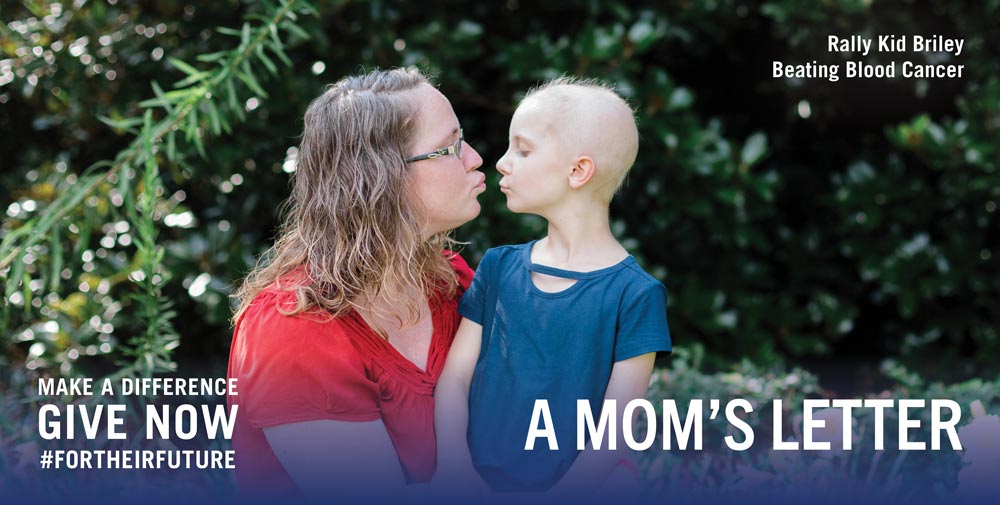
When you donate to Rally, you fund much-needed childhood cancer research—but there’s more to it. Childhood cancer changes EVERYTHING. It...
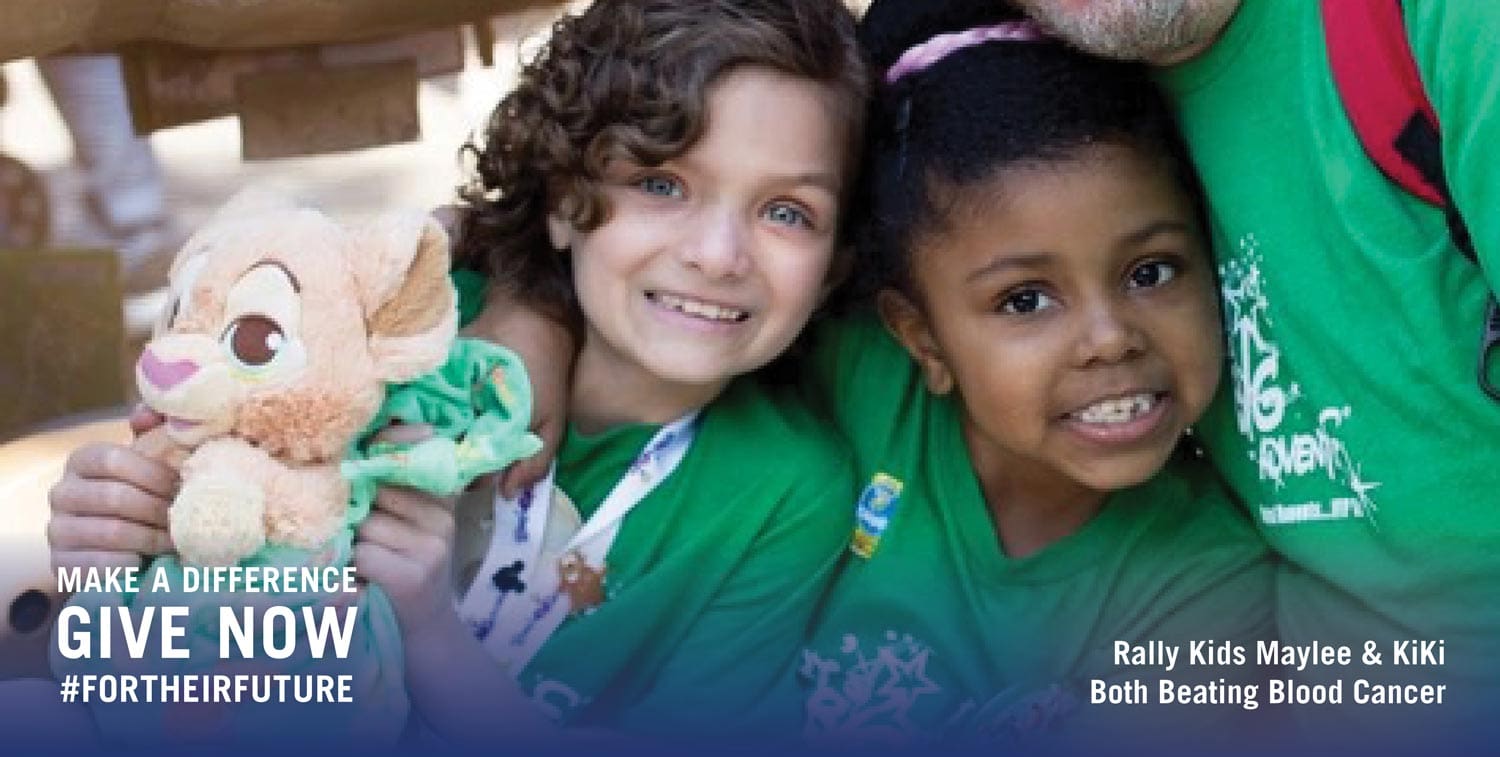
When you give to Rally, you aren’t just funding research—you are funding childhoods. You’re giving kids the chance to experience life,...
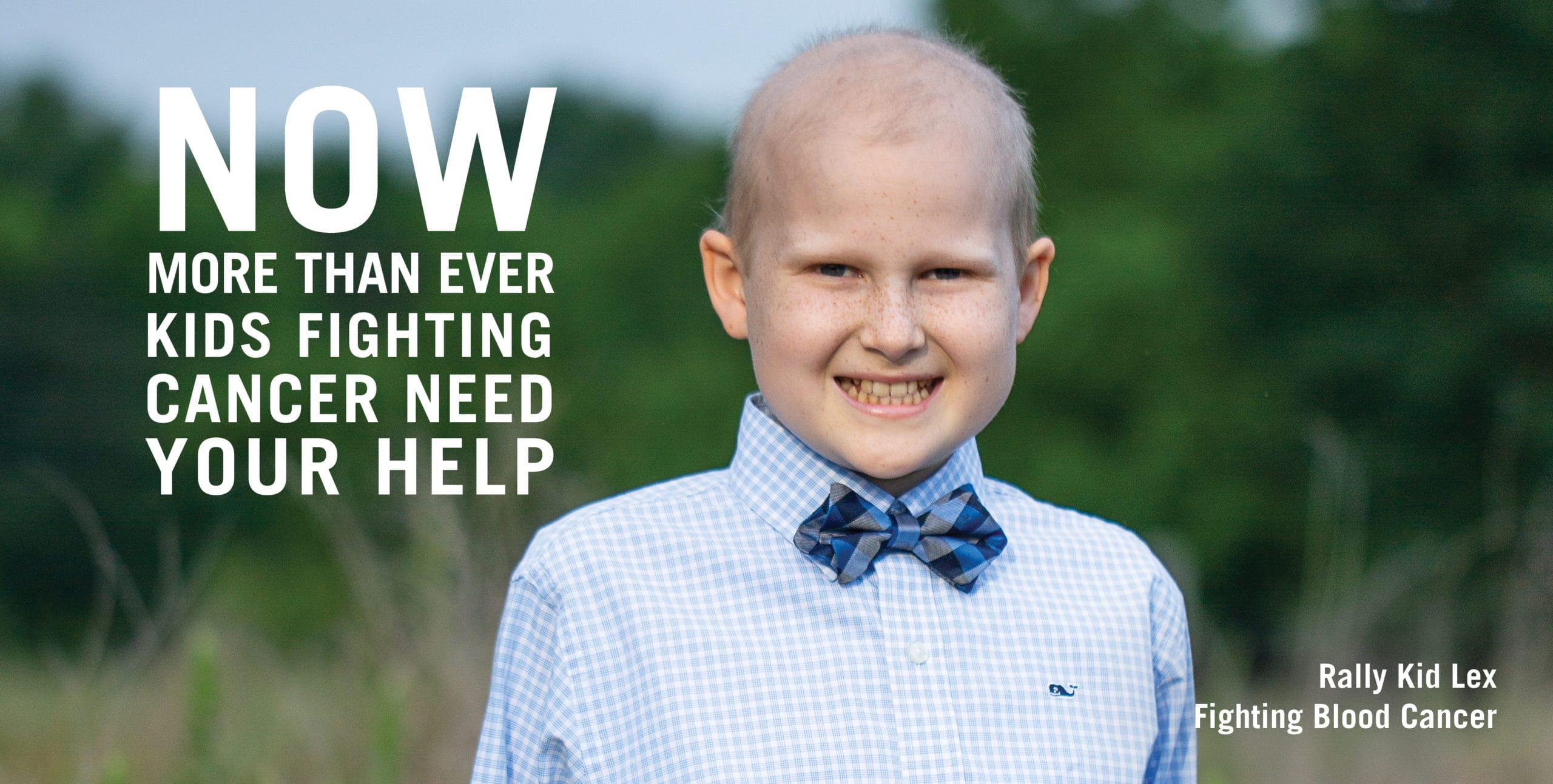
There’s no way around it: Childhood cancer is sneaky, and it happens unexpectedly. Symptoms can be mild and are often confused with other...
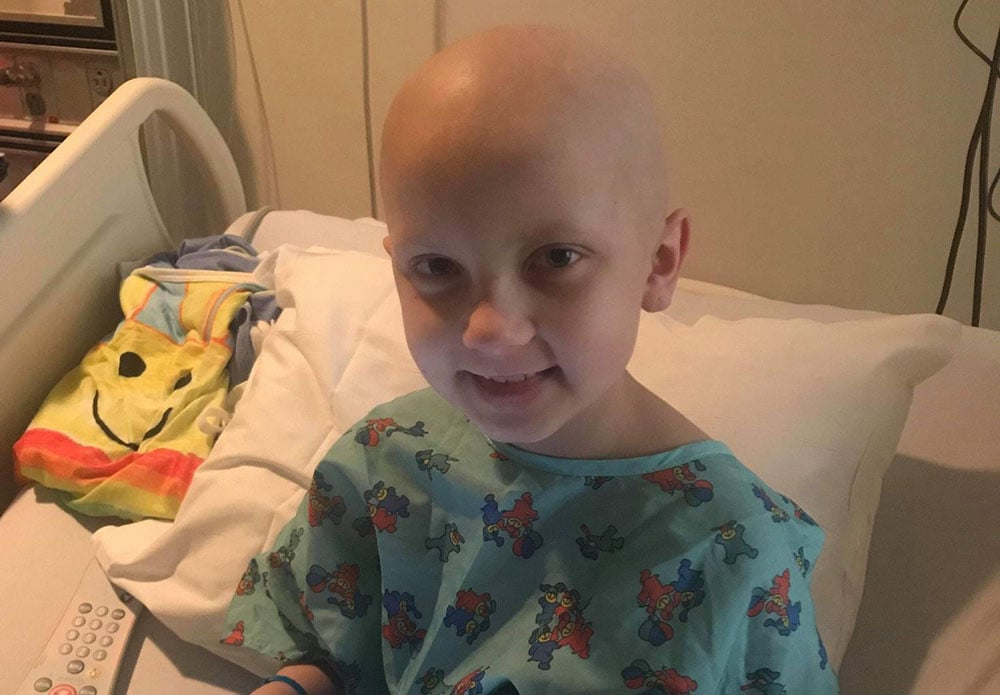
Navigating a childhood cancer diagnosis is difficult on multiple levels including trying to understand how and if your child qualifies for...

Neuroblastoma is a cancerous tumor that develops in the nervous system of babies and young children. It can also occur, rarely, in...

Atypical Teratoid/Rhabdoid Tumor (AT/RT) is a rare and fast-growing tumor that typically originates in the brain and spinal cord. These...

It’s been fifteen and a half years since a malignant tumor the size of a grapefruit was removed from the left kidney of our son, James....
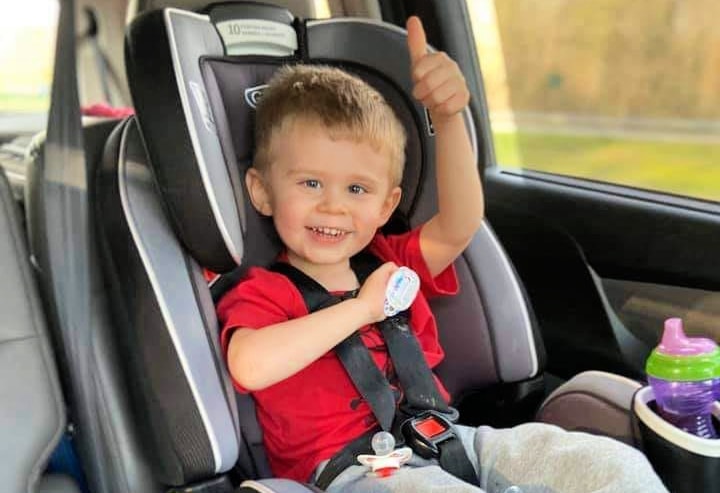
Diffuse intrinsic pontine glioma (DIPG) is a brain tumor found in a part of the brain stem—above the back of the neck and connected to the...

Medulloblastoma is a type of brain cancer that’s most commonly found in children. “Medulloblastoma starts in the cerebellum, which is...
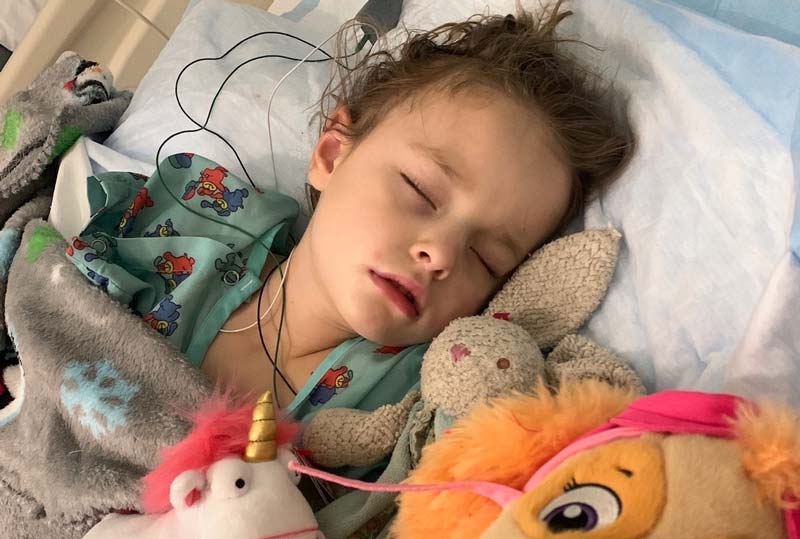
“Glioma” is a general term for a group of tumors that begin in glial cells—the supporting cells of the brain. Gliomas are classified based...
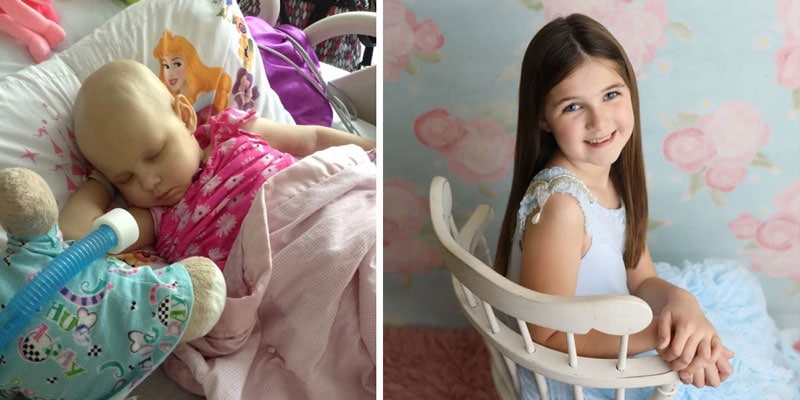
Acute lymphoblastic leukemia, also called acute lymphocytic leukemia, or ALL for short, is a type of blood cancer that causes bone marrow...
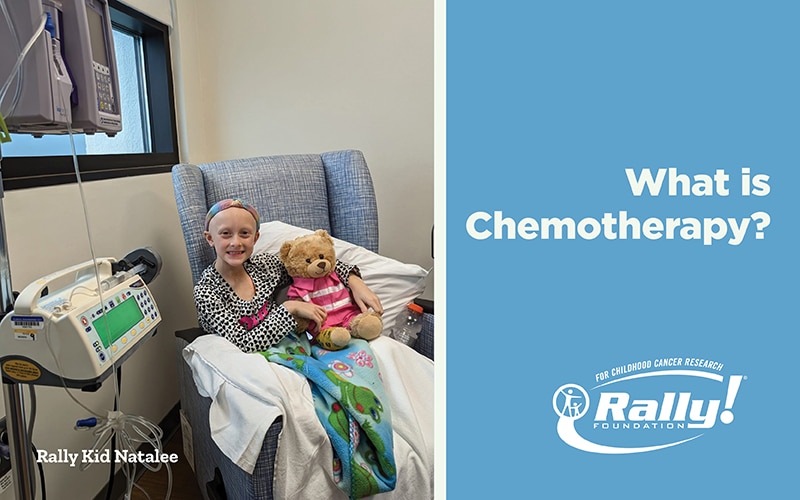
You just found out that your child has cancer. And that chemotherapy is part of the treatment plan. Most everyone has heard of chemotherapy. But what is it really? Chemotherapy is any drug used to stop the growth of cancer cells. Chemotherapy is designed to either kill cells or stop them from dividing. Is there just one chemotherapy? There are many different types of chemotherapy because different chemotherapies treat different types of cancer. Sometimes your child may receive several...
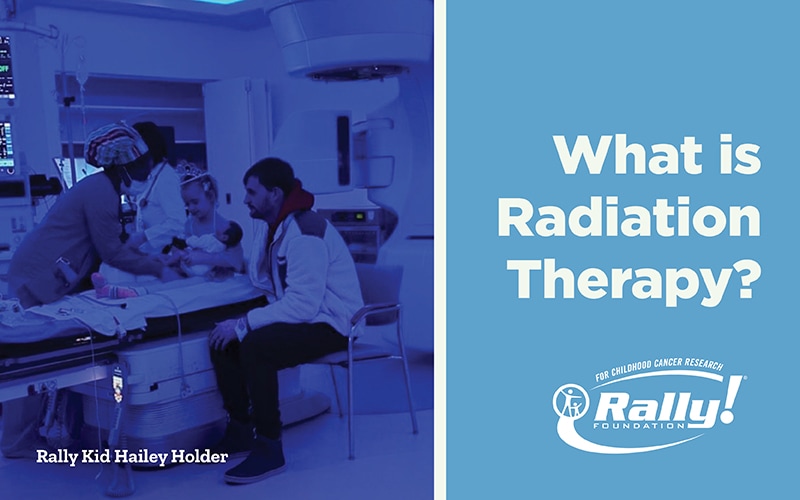
Radiation therapy is targeted energy used to destroy cancer cells, shrink tumors and/or alleviate certain cancer-related symptoms. Radiation therapy uses high-energy X-rays and other forms of radiation therapy to damage the DNA in cancer cells, killing them or depriving them of their ability to grow or divide. Radiation can be used in several ways: Primary treatment to destroy cancer cells In combination with other treatments to stop the growth of cancer cells Before another treatment to...
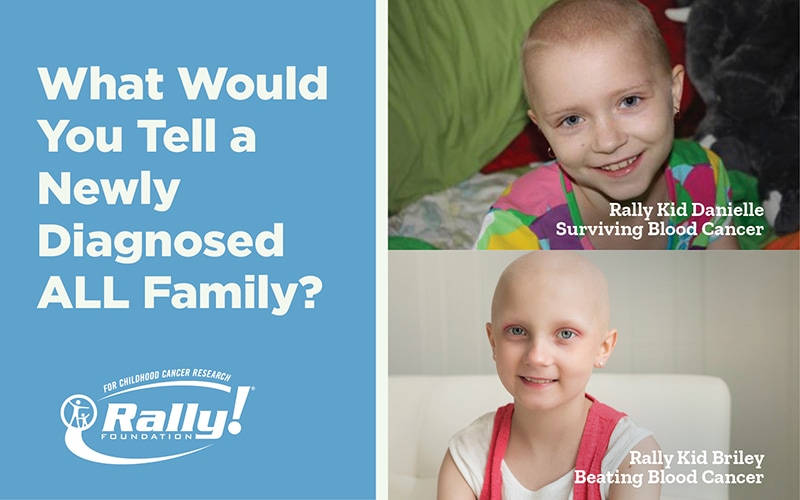
Did your family receive a new diagnosis of ALL? We know that sometimes the best people to talk to during moments such as these are those that have been through it themselves. Here at Rally we talked extensively with three ALL mothers who are in the unique position to offer their personal advice and observations during this journey. This is Part II of the wisdom and practical advice from Rally Moms Amy, Brigitte, and Nour. About Your Marriage / Relationship: Brigette: Consider marriage...
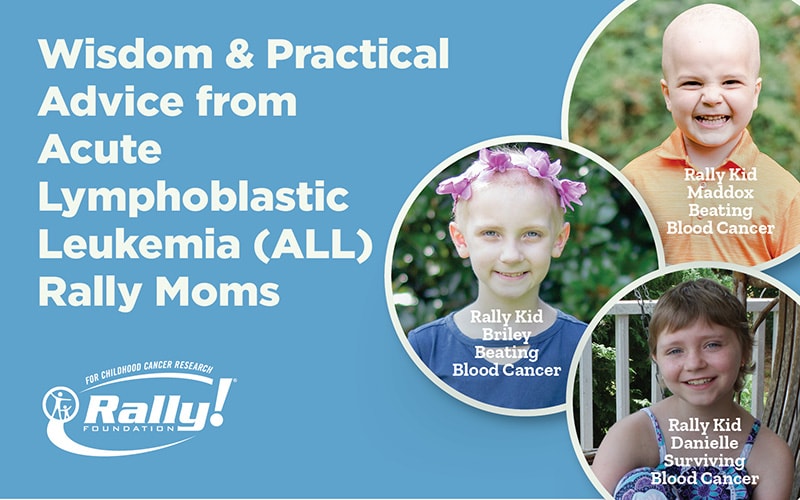
If you’re reading this, someone you know, it might even be your child, may have been diagnosed with acute lymphoblastic leukemia (ALL). As shocking as it might be, Rally Foundation wants you to know that you are not alone. We are here for you. We know that you have a thousand questions, so we went straight to the moms who have children with ALL to hear their personal advice and observations. This is Part I of the wisdom and practical advice from three Rally ALL moms: Amy, Brigitte and Nour....
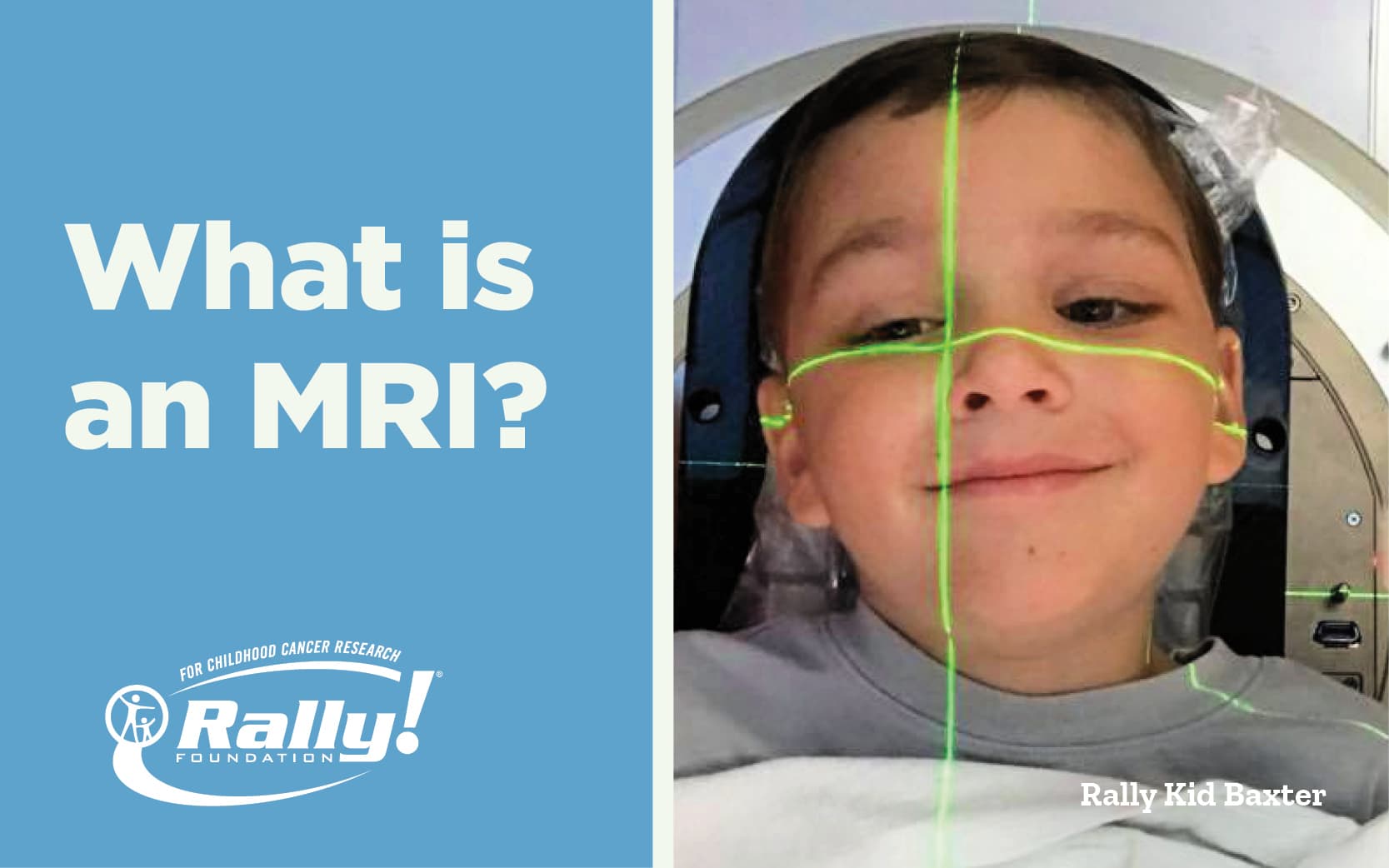
MRI stands for Magnetic Resonance Imaging. Having an MRI does not hurt, and it is safe – no radioactivity is present. It may take up to one hour, or, if your child needs an anesthetic, most of the day. An MRI scan provides diagnostic information not available when using plain X-rays, ultrasounds, or CT scans. Using a large magnet, radio waves and a computer, an MRI scanner creates very clear and detailed images of organs and tissues in the body. During the MRI, your child will need to lie very...
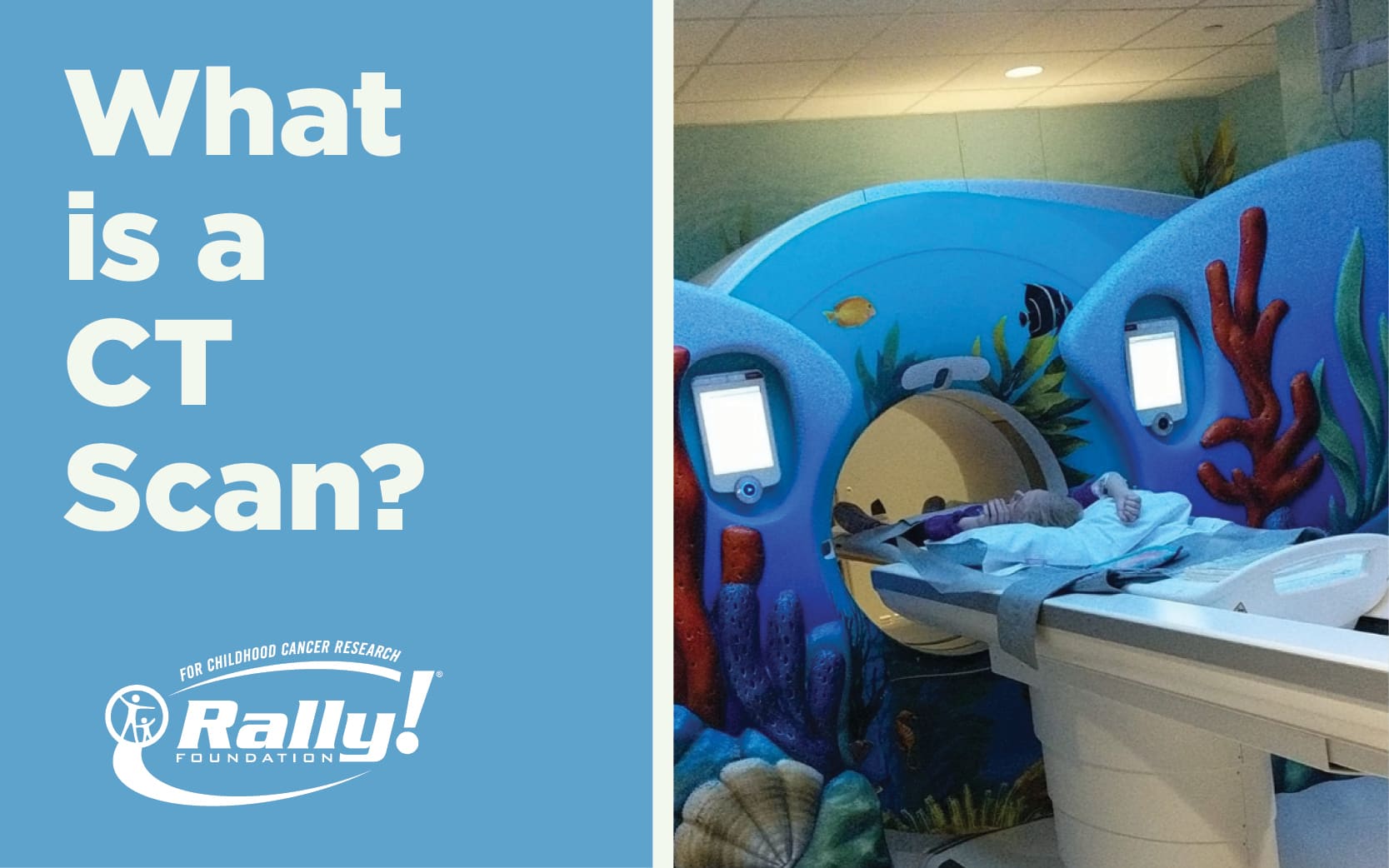
A CT (or CAT) scan is a diagnostic medical imaging procedure that creates three-dimensional images of internal organs, soft tissues, blood vessels and bones. CT stands for Computed Tomography. It provides a more detailed image than a traditional X-ray. Most CT scans take a few seconds, while some may take more than 10 minutes. The CT scanner looks like a giant donut with a sliding bed inside, and your child needs to lie very still during the procedure. It’s important to wear comfortable,...